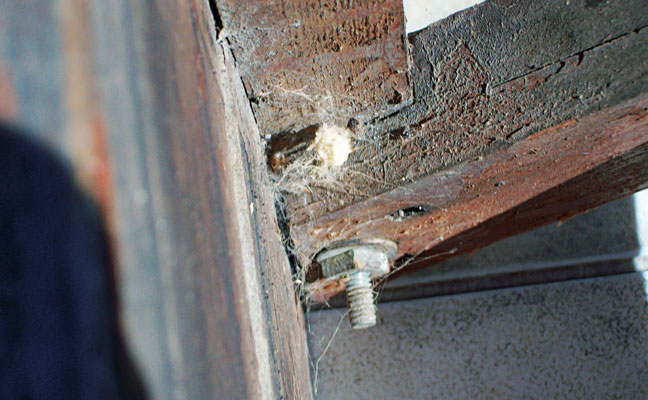Spiders consistently rank among the Top 3 pests reported by the public—because people are terrified of spiders. While most spiders are beneficial predators, this psychological impact is real and often drives the need for control.
However, many pest management professionals (PMPs) find that spider control can lead to callbacks if the strategy is incomplete. Effective spider control goes beyond just spraying. It requires a multi-pronged, Integrated Pest Management (IPM) approach that includes pest-proofing, reducing web-building, eliminating egg sacs and, critically, physical removal.
Key takeaways:
- Spraying isn’t enough: Effective, long-term spider control cannot be achieved with chemical sprays alone because spiders often don’t make enough contact with treated surfaces.
- Remove webs & egg sacs: Physically removing webs provides immediate satisfaction for the client and eliminating egg sacs is essential to stopping future generations.
- Disrupt the life cycle: A full control program must include physical removal, pest-proofing and targeted chemical applications to disrupt the entire life cycle.
The problem with “Spray-Only”
Spiders are difficult to eliminate with just a liquid residual. Unlike grooming insects, they don’t frequently contact treated surfaces. Once a spider builds its web, it may never touch the ground—or your pesticide application—again. This is why technicians who rely solely on spraying often get frustrating callbacks.
The power of physical removal
The most visible and one of the most effective steps in a spider program is physical removal.
Use a vacuum or a web-brushing tool to physically remove spiders and their webs, both indoors and outdoors. This has two immediate benefits:
- It provides immediate results and high customer satisfaction by cleaning up the unsightly webs.
- It removes egg sacs, which are the source of future infestations and are often protected from chemical treatmentste, noticeable improvement for the customer and removes a significant portion of the population, including the next generation.

Stopping the next generation
A spider’s life cycle is a key challenge. Spiderlings are tiny and can enter structures through the smallest cracks and gaps—even through standard window screens. Once inside, they can remain hidden in voids and other protected areas for months.
A truly effective spider program combines this physical removal with other IPM tactics. After de-webbing, follow up with targeted applications of pesticide dusts and excito-repellents. This combination forces any remaining spiders to move, increasing the likelihood that they will contact a treated surface. With consistent effort and the right, integrated techniques, spider control becomes far more effective.
Leave A Comment